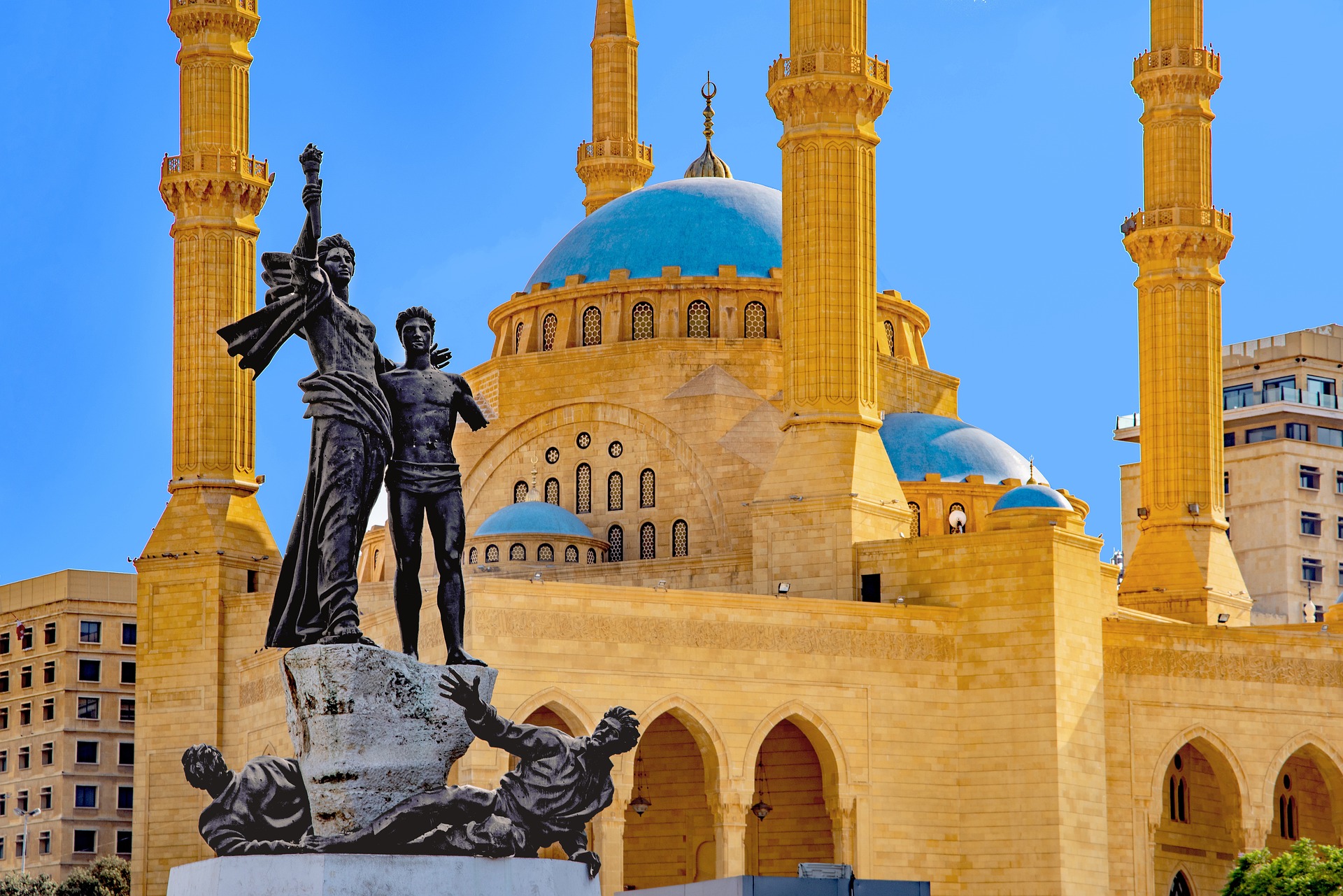modelcampusa.com – Lebanon, a country rich in history and culture, offers a fascinating journey through time with its array of historical landmarks. From ancient ruins to modern architectural marvels, Lebanon’s landmarks provide a window into its diverse heritage and the civilizations that have shaped it.
Ancient Landmarks
- Baalbek: Known as Heliopolis in ancient times, Baalbek is a masterpiece of Roman architecture. The colossal temples, such as the Temple of Bacchus, are some of the best-preserved Roman ruins in the world. The site has been a center of worship since ancient times, offering insights into the religious practices of the era.
- Byblos: One of the oldest continuously inhabited cities in the world, Byblos is a UNESCO World Heritage site. It was a major trading hub for the Phoenicians and has a rich archaeological history, with layers of ruins from various civilizations, including the Egyptians, Greeks, and Romans.
- Tyre: This ancient Phoenician city was once a powerful maritime city-state. Known for its production of purple dye, Tyre features impressive Roman ruins, including a hippodrome and a triumphal arch, reflecting its historical significance.
- Anjar: Founded during the Umayyad period, Anjar is unique in Lebanon for its Islamic architecture. The city was a key trading hub and its ruins include palaces, mosques, and a lively market area, showcasing the urban planning of its time.
Medieval and Ottoman Landmarks
- The Citadel of Raymond de Saint-Gilles in Tripoli: This medieval fortress offers panoramic views of Tripoli and is a testament to the Crusader presence in Lebanon. It has been modified by Mamluks and Ottomans, integrating elements from different periods.
- Al-Omari Mosque in Beirut: Originally a Crusader church, this mosque is a prime example of the city’s layered history. Its architecture beautifully combines Gothic and Islamic styles, reflecting the diverse influences on Lebanese culture.
Modern Architectural Marvels
- The Mohammad Al-Amin Mosque in Beirut: Known for its striking blue domes and Ottoman-inspired architecture, this mosque is a modern symbol of Beirut. It reflects the city’s resilience and its ability to blend tradition with modernity.
- Zaitunay Bay: A contemporary waterfront development in Beirut, Zaitunay Bay is a vibrant area with restaurants, shops, and a marina. It exemplifies modern urban design while offering views of the Mediterranean Sea.
- The National Museum of Beirut: Housing an extensive collection of artifacts from Lebanon’s ancient past, the museum is a cultural landmark. Its restoration after the civil war symbolizes the nation’s commitment to preserving its history.
Lebanon’s historical landmarks are more than just tourist attractions; they are a testament to the country’s rich tapestry of history. From ancient ruins that whisper the stories of past empires to modern buildings that stand as symbols of resilience and renewal, Lebanon continues to captivate and inspire with its unique blend of the old and the new.
